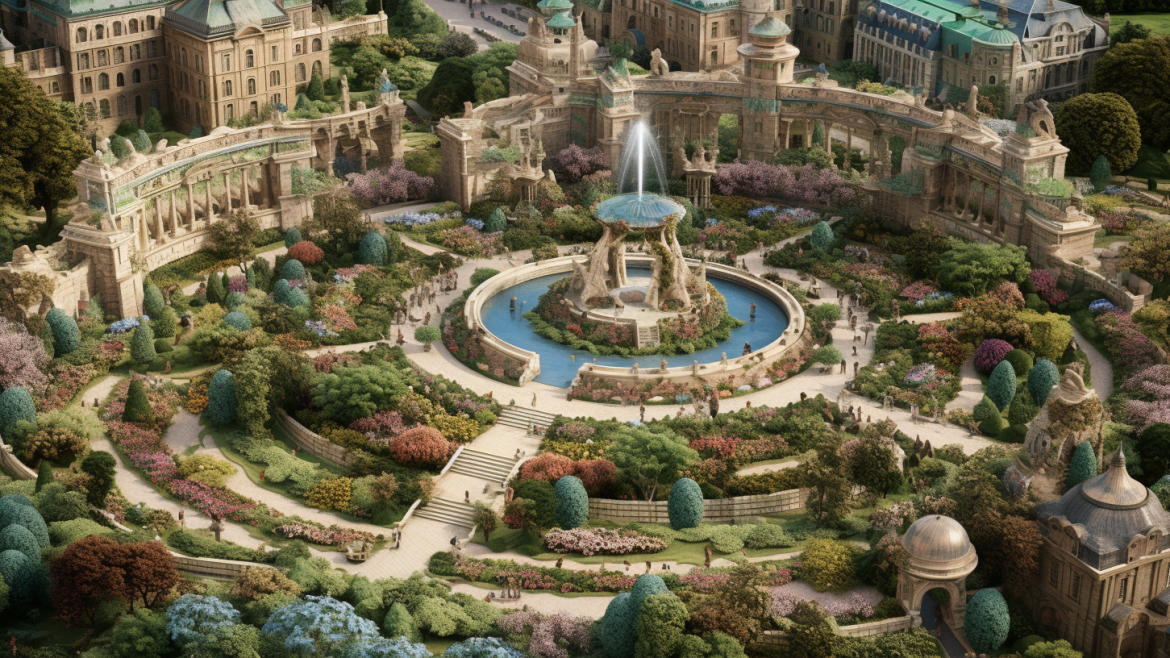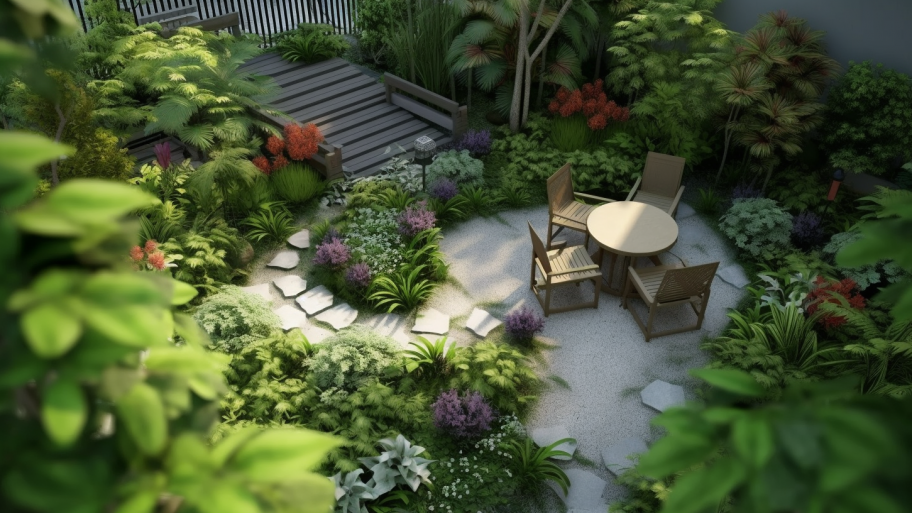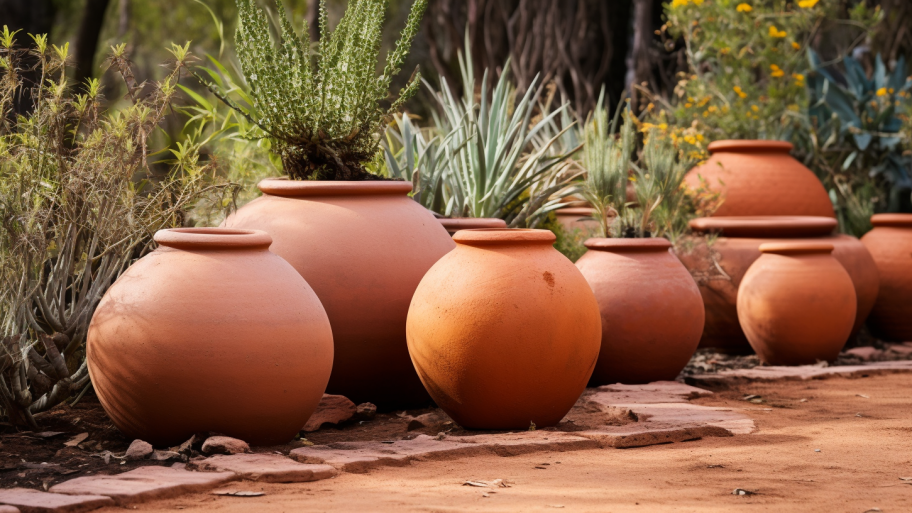Mosaiculture, a unique and mesmerizing form of horticultural art, has captured the imagination of gardeners and art enthusiasts around the world. This ancient practice involves the creation of intricate, living murals that blend color, texture, and form using a wide variety of plants. In this article, we’ll explore the fascinating history of mosaiculture, as well as the techniques and styles that have evolved over the centuries.
The Origins of Mosaiculture
The roots of mosaiculture can be traced back to the elaborate gardens of ancient Persia, where the concept of using plants to create intricate, decorative patterns first emerged. As the art form evolved, it eventually spread throughout Europe and the Middle East, where it was embraced by Renaissance gardeners and landscape architects.
The 19th century saw a resurgence in the popularity of mosaiculture, with French horticulturist Jean-Pierre Barillet-Deschamps playing a significant role in its revival. Barillet-Deschamps’ work as the chief gardener of Paris led to the incorporation of mosaiculture into many of the city’s public parks, and his influence quickly spread throughout Europe and beyond.
Today, mosaiculture is a celebrated art form, with numerous international competitions and exhibitions showcasing the extraordinary skill and creativity of artists from around the world.
Mosaiculture Techniques and Styles
At its core, mosaiculture involves the careful selection and arrangement of plants to create an artistic design. However, the specific techniques and styles employed by mosaiculturists can vary greatly, resulting in a stunning array of living artworks.
One popular technique involves the use of closely planted, low-growing plants, such as sedums and mosses, to create intricate patterns and designs on a flat surface, such as the ground or a vertical wall. This style, known as carpet bedding, can be seen in many historic gardens and public spaces throughout Europe.
Another approach to mosaiculture involves the creation of three-dimensional sculptures, formed by attaching plants to wire frames or other supportive structures. This method, often referred to as topiary mosaiculture, allows for the creation of complex and visually striking living sculptures that can range from whimsical animals to abstract geometric forms.
In addition to the choice of plants and the specific techniques employed, color plays a crucial role in mosaiculture design. Artists carefully select plants based on their foliage or flower color, texture, and growth habits to create the desired visual effect. By skillfully combining various plant species, mosaiculturists can achieve a wide range of colors, patterns, and gradients that bring their designs to life.
As with any art form, mosaiculture is continually evolving, with modern artists incorporating innovative materials and techniques to create ever more intricate and visually captivating works. Some contemporary mosaiculturists have even begun incorporating elements such as LED lighting and interactive features to add an additional layer of engagement and wonder to their creations.
Now that we’ve explored the rich history and diverse techniques of mosaiculture, you might be inspired to try your hand at this captivating art form. In the next article, “Painting with Plants: Crafting Your Mosaiculture Visione,” we’ll delve into the process of selecting the perfect plants, crafting a captivating design, and preparing the ideal canvas for your living mural. With this knowledge, you’ll be well on your way to creating your very own garden masterpiece that will dazzle and inspire all who encounter it.




